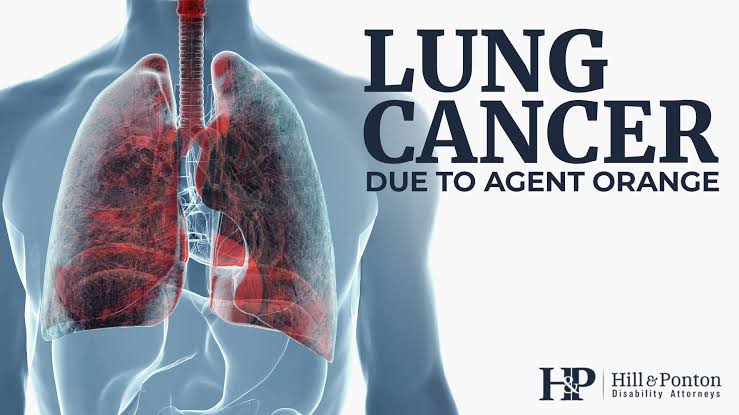
Lung cancer is the second most common cancer in the world (after skin cancer) and the most common cause of cancer death.
It most often affects people between the ages of fifty and seventy.
It is a disease that can be largely prevented – as its main risk factor is smoking. In the past, lung cancer was always more common among men, but the gap has narrowed greatly in recent years after the number of women smokers increased.
Also, people who spend a lot of time in an atmosphere filled with smoke – such as bar workers, for example – are also at risk of developing lung cancer due to passive smoking.
Signs and symptoms :
• Chronic (persistent) cough, which sometimes contains sputum (phlegm) streaked with blood.
• Shortness of breath.
• Unexplained weight loss.
• pain in chest .
• Wheezing.
• Symptoms of bronchitis or pneumonia.
Some forms of lung cancer are asymptomatic until they become completely severe.
Lung cancer can develop very slowly, and its symptoms may take many years to appear. In addition, there are types of lung cancer that do not cause any symptoms until they are in their final stages. As a result, lung cancer cannot be diagnosed until it is completely advanced and treatment options become limited.
If your doctor suspects that you have lung cancer, he will ask you to take a chest x-ray – the diagnosis may be confirmed by the abnormal shadow of the lung. The doctor may also ask you to send a sample of sputum to the laboratory in order to analyze it and confirm whether it contains cancer cells, or He may refer you to the bronchoscopy department. There, a tube is passed through the mouth to the lungs to view the bronchial tubes.
Lung cancer treatment options:
There are three treatment options, each of which determines the nature of the cancer and its extent:
• Surgery: The tumor can be removed through surgery only if the cancer has not spread to other organs. If there is no spread, surgeons remove the entire lung or a large part of it.
• Chemotherapy: Surgery is usually followed by treatment with chemotherapy to eliminate the tumor, and this type of treatment is also used to target very malignant tumors.
• Radiotherapy: This treatment slows the growth of the tumor, but does not eliminate it completely. It is often used to treat very small tumors – known as metastases that have spread from the lungs to the brain, bones, and liver. In most cases, the initial treatment with radiation is followed by chemotherapy.
Long term forecasts:
The chance of curing cancer is better for people in whom the disease is detected early, as they can be completely cured of it.
But overall future prospects remain poor, as one person out of 20 remains alive after 5 years of treatment, and in cases where the disease has spread, effective treatment only succeeds in alleviating and improving the quality of life, but it does not prolong life expectancy.
Lung cancer prevention
Quitting smoking reduces, in principle, the risk of lung cancer.
Research has shown that former smokers are only slightly more at risk of developing the disease than non-smokers.






